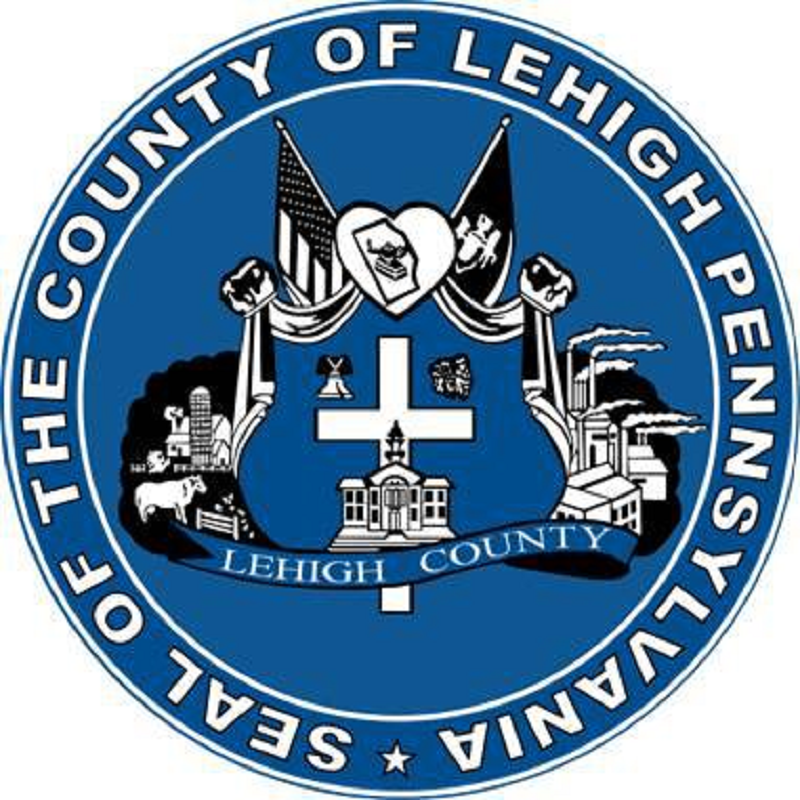Statewide the number of new cases of novel coronavirus continues to fall, however around Pennsylvania are areas identified as “hot spots” due to an increase in the average number of new cases over a one-week period. Lehigh County is one of them, some of the latest data indicates.
The New York Times‘ updated Pennsylvania Coronavirus Map and Case Count–which utilizes data from state and local health agencies and hospitals–lists Lehigh as one of 11 counties that are currently seeing a surge in their average new case counts. The other “hot spot” counties are Monroe, Schuylkill, Northumberland, York, Cumberland, Franklin, Clearfield, Westmoreland, Bedford and Centre, which over the past two weeks has seen a 650 percent increase in the average number of new cases being reported per day during a one-week period, the data shows.
In the seven-day period ending June 20, Lehigh County reported an average of 19 new COVID-19 cases per day, per the data. Two weeks earlier, the county reported an average of roughly 13 new cases per day over a one-week period. The increase in the average new case count is equivalent to approximately 43 percent, and appears to go against a trend of declining case counts over the past two months. Some of the other “hot spot” counties are reporting higher percentage increases in terms of their average number of new cases compared with two weeks ago, but Lehigh’s may also be significant because it remains one of the harder-hit counties, both in terms of total caseload and per capita distribution of COVID-19 cases.
According to the New York Times‘ interactive map, with nearly 4,100 cases and a population of about 370,000 residents, Lehigh is one of just five counties in Pennsylvania with more than one confirmed case for every 100 residents. The other four counties that match that criterion are Philadelphia, Delaware, Berks and Northampton.
Lehigh is also the only “hot spot” county on the map that is about to move from the yellow phase of Gov. Tom Wolf’s coronavirus reopening plan to the less restrictive green phase; a change that will happen Friday and will allow for additional businesses to open with restrictions in place and larger public gatherings to be held, among other things.
Lebanon County, which is the only county scheduled to remain in the yellow phase after Friday, isn’t identified as a hot spot on the map because it has a falling average case total.
On Friday, Lehigh County Coroner Eric Minnich released an updated tally of deaths caused by the coronavirus in the county.
According to Minnich’s June 19 report, which was shared on the county’s Facebook page, a total of 286 county residents have died from the disease over the past several months.
The state Department of Health reports that 278 Lehigh County residents have died.
Minnich’s report lists the following identifying characteristics for the COVID-19 victims:
- The average age of decedents was 81.
- The breakdown of deaths according to gender is 45.8 male vs. 54.2 percent female.
- Confirmed positive cases total 255 and presumed positive cases total 31.
- Nearly three-quarters of the decedents were residents of long-term care facilities in the county.
Approximately two-thirds of Lehigh County’s 25 municipalities have reported the death of at least one resident from COVID-19 since the pandemic began.
According to the New York Times map, as of Sunday there were 86,024 confirmed cases of COVID-19 in Pennsylvania and 6,472 confirmed deaths from the disease.
On Saturday, the state Department of Health released data confirming 81,266 cases and 6,419 deaths to date. The state also reported a daily total of 503 new cases on Saturday.
The department’s COVID-19 dashboard indicates there were 48 confirmed new cases of COVID-19 reported in Lehigh County Saturday. That daily total was the highest the county had reported since May 18, when there were 74 new cases reported. In recent weeks the number of new cases reported per day has been as low as four (on June 16), and on Sunday there were 13 new cases reported in the county.
To receive updates from the Pennsylvania Department of Health, follow them on Twitter.







